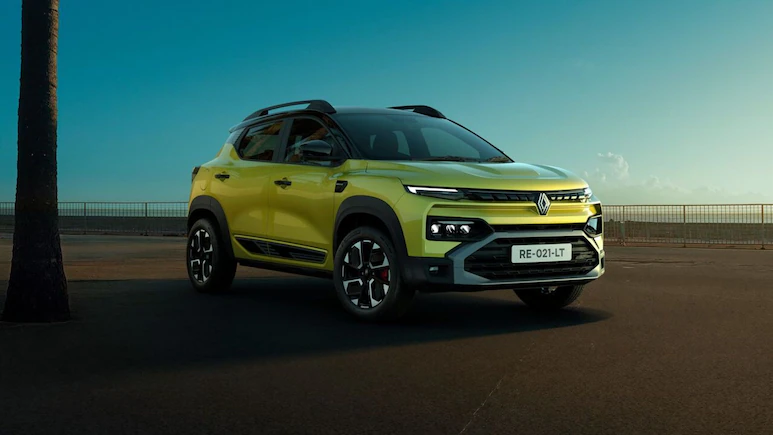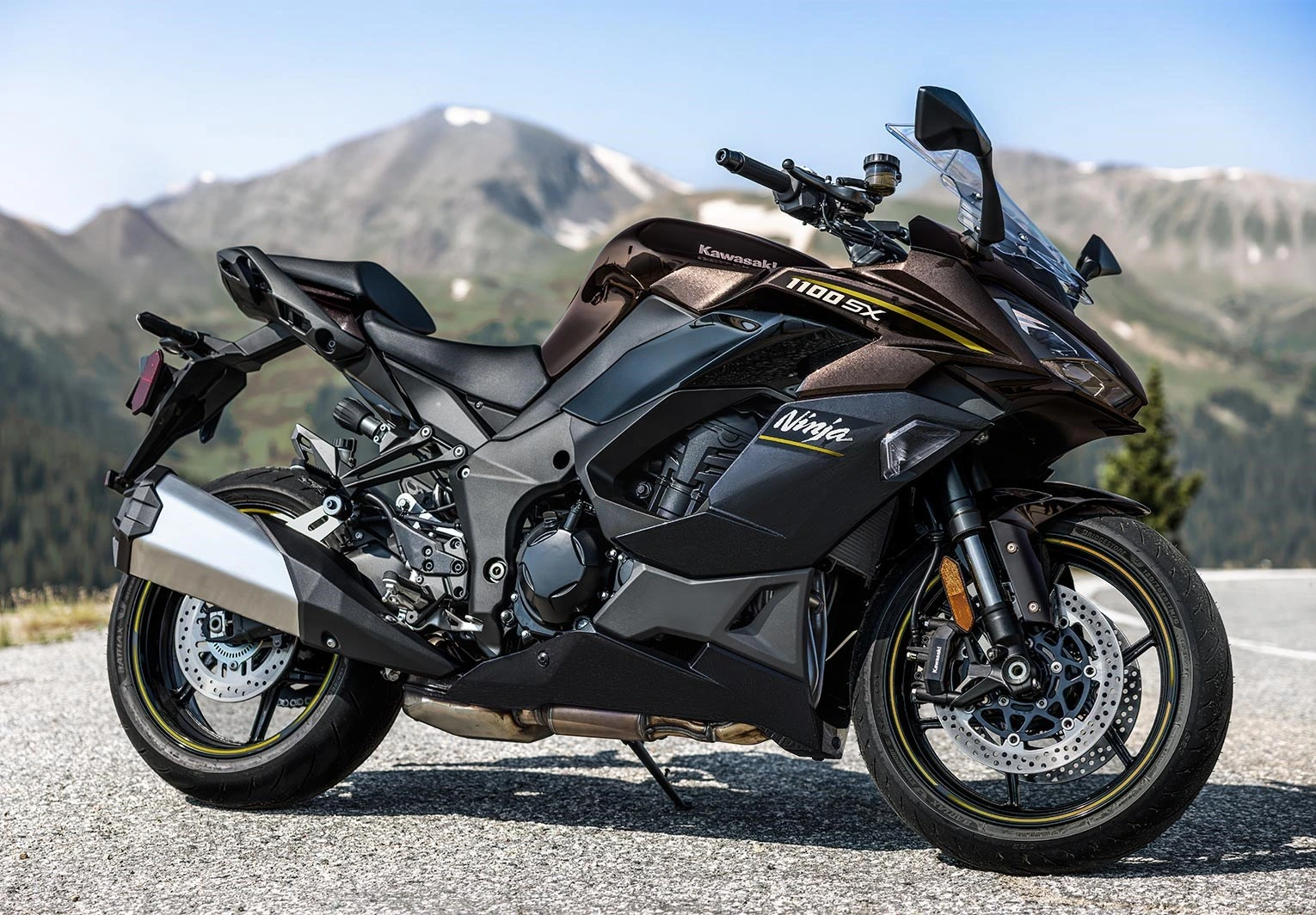Recent flooding in Dubai and across the UAE due to heavy rains has left many motorists facing substantial damages to their vehicles. The aftermath of water-logged roads and flooding has caused technical glitches, vehicle damages, and even the loss of car number plates, adding to the woes of affected individuals.

Similar climate conditions are leading to frequent flooding in Indian cities, resulting in severe property damage and posing risks to human lives. In such scenarios, motorists often bear the brunt of natural calamities, highlighting the importance of taking proactive steps to safeguard vehicles.
Here are detailed tips to protect your vehicle from flood damage:
Comprehensive Vehicle Insurance Coverage:
It is crucial to have comprehensive vehicle insurance from a reputable insurer. Check if your policy covers flood damage, and if not, consider purchasing additional coverage or a separate policy that includes protection against flood-related damages. Understanding the terms and conditions of your insurance policy is essential before making any purchase decisions.
Optimal Car Parking Strategies:
To minimize the risk of flood damage, park your vehicle on higher ground whenever possible. Identify elevated parking areas that are less prone to flooding, especially if your regular parking spots are susceptible to water accumulation during rains. Parking strategically can prevent water from seeping into vital components of your vehicle.
Strategic Route Planning:
When driving during inclement weather or flood-prone conditions, avoid routes with low-lying areas prone to flooding. Choose roads where the road surface remains visible, even in waterlogged conditions, to prevent damage to the vehicle's mechanical systems. Consider alternative routes to reach your destination safely without encountering floodwaters.
Regular Maintenance Checks:
Conduct regular maintenance checks on your vehicle, especially during the rainy season or periods of heightened flood risk. Ensure that the vehicle's electrical systems, brakes, and other critical components are in optimal condition to withstand potential water exposure.
Emergency Preparedness:
Keep emergency supplies such as a flashlight, basic tools, and a first-aid kit in your vehicle in case of emergencies during floods or heavy rains. Familiarize yourself with emergency protocols and evacuation routes to navigate challenging situations effectively.
By implementing these comprehensive strategies, motorists can significantly reduce the risk of flood-related damage to their vehicles and ensure a safer driving experience amidst unpredictable weather conditions. Stay informed, prepared, and proactive to protect your vehicle and enhance road safety.
Also read: Buying Two-wheeler Bike Insurance Online in India: A Comprehensive Guide










